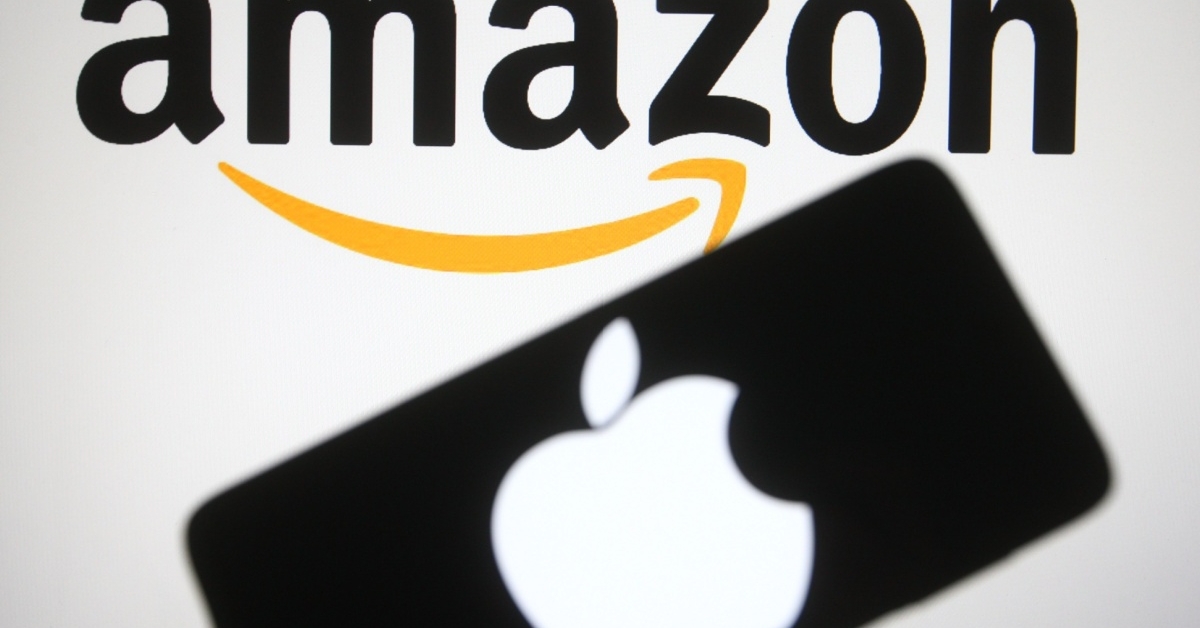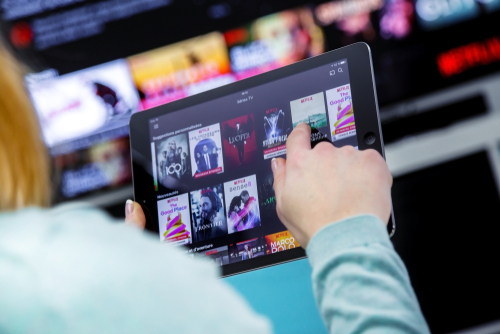Earnings Recaps
Since reporting earnings recently, shares of Amazon (NASDAQ: AMZN), and Apple (NASDAQ: AAPL) have been volatile due to the shifting impact of the tariff exposure on their business outlooks. For both companies, the mixed results and guidance around the core businesses disappointed the market initially but has since seen expectations improve. While the management commentary around the outlooks reinforced the uncertainty from the tariff overhang in earnings calls, President Trump’s recent trade deals with the UK and China ignited a relief rally in share prices. Questions remain about the outlook for the second half, especially the holiday season.
Amazon
Advertising, North America and Internation Retail business lines delivered solid results for the quarter, in line with expectations for revenues. While the International retail was in line with expectations at 3%, the 6.3% North America Retail margin was 20 bps below expectations of 6.5%, due to one-time charges around customer returns and costs to pull forward inventory ahead of the tariffs.
The company guided to Q2 total revenue of $159.0-164.0 billion, in line with consensus of $161.0 billion, and to an operating profit of $13.0-17.5 billion, which was slightly below the $17.7 billion expected. Since the release, the FY 2025 consensus total revenue has moved from $690.6 billion to $693.7 billion, due to the changing potential impact from tariffs.
Consensus revenue estimates for FY 2026 of $749.0 billion have moved up over $10 billion to $759.2, driven by higher revenue expectations in North America and International retail. The North America segment revenue is projected to move from $416 billion this year to $449 billion in FY 2026. Revenues from Advertising saw estimates slightly decreasing since last fall but now are expected to generate $65 billion this year and $75 billion next year, an increase of 16% year-over-year.
The North American retail operating margin for FY 2025 has declined from 7.2% last quarter to 6.6%. The Q4 holiday selling season margin estimate moved down from 8.5% at the end of last quarter to 7.8% currently. This margin decline is driven by a more conservative view of Amazon’s ability to reduce costs. The International margin is expected to remain at 3% this year but may be helped by the recent weaker dollar this year and longer-term. Looking further out, consensus expects the North America margin to be 9%, down from 9.5% last quarter, and the International margin to increase to 5.3%, up from 5% last quarter, by the end of FY 2027.
AWS delivered solid results last quarter. Coming into Q1, consensus was expecting $29.4 billion in revenue with an operating profit margin of 35%. While the AWS revenues were in line with expectations, the 39.5% AWS margin delivered a positive surprise, driven by lower costs for power and infrastructure. For FY 2025, analysts are now expecting a 36.3% margin, up from 34.3% last quarter. On the earnings call, management highlighted the need for companies to move their data and infrastructure to the cloud to benefit fully from AI. To support Amazon’s growing need for technology infrastructure, CapEx is expected to increase further in FY 2025. CapEx is projected to increase in 2025 to $104.8 billion, up significantly from $52.7 billion in 2023.
The stock has been volatile. It is down 12.6% since the Q4 release but is up 9.7% since the Q1 release. The consensus P/E for FY 2026 is 29x, up from 22x ahead of the quarter.
Apple
The company delivered total revenues of $95.4 billion for Q2, in line with consensus, driven by $46.8 billion from iPhone. Greater China revenues were solid at $16.0 billion, in line with the $15.9 billion expected for Q2. The gross margins were mixed. The gross margin for Products was 35.9%, below consensus, and the gross margin for Services was 75.7%, ahead of expectations.
While the Q2 earnings results were solid, the commentary in the call around the outlook emphasized uncertainty. Apple guided for low to mid-single digit year-over-year revenue growth, on the low end of the 5% expected coming into the earnings release. Consensus is now looking for 3% revenue growth or $88.8 billion for Q3. The gross margin was guided to 45.5%-46.5%, below the 47.1% initially expected. Consensus is now estimating at 46.1% gross margin, which incorporates a $900 million impact for tariff related costs. The company expects OpEx to be $15.3 billion to $15.5 billion, in line with consensus.
Overall total revenue estimates for FY 2025 and FY 2026 have been bouncing around since the January quarter. Over the past two weeks, revenues have bounced back up, especially for FY 2026, driven by the iPhone. The full-year iPhone revenue expectations have declined since January 2024 but have stabilized at between $202-203 billion, suggesting pessimism in the market about the potential upgrade cycle and the overhang from tariffs seems to be understood.
Expectations for the high-margin Services segment have remained stable for the second half, enabling the estimated total operating profit to edge up slightly to $128 billion for the FY 2025. The company said that it continues to see increased customer engagement, with the Apple ecosystem supporting the future growth of the Services business. Based on consensus, Services are expected to hit $129.2 billion at the end of FY 2027, up $5.5 billion from the earnings release and close to revisiting the $130.5 billion estimated last quarter.
The stock has been volatile but has lost only 1% since the Q2 release. It is down 11% since the Q1 release. The consensus P/E for FY 2026 is 29x, up from 24x ahead of the quarter.







